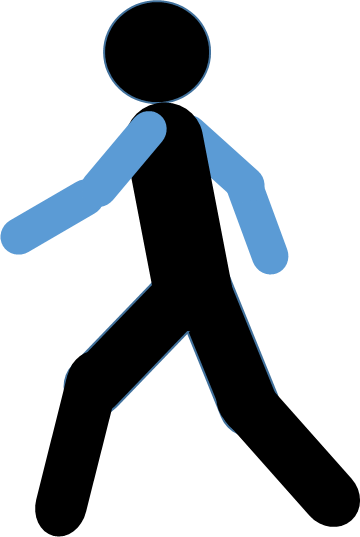Point-of-Care neutrophil and monocyte surface markers differentiate bacterial from viral infections at the emergency department within 30 minutes.
Abstract
Rapid discrimination between viral and bacterial infections in a Point-of-Care setting will improve clinical outcome. Expression of CD64 on neutrophils (neuCD64) increases during bacterial infections, whereas expression of CD169 on classical monocytes(cmCD169) increases during viral infections. The diagnostic value of automated Point-of-Care neuCD64 and cmCD169 analysis was assessed for detecting bacterial and viral infections at the Emergency Department (ED). Additionally, their value as input for machine learning models was studied. A prospective observational cohort study in patients suspected of infection was performed at a ED. A fully automated Point-of-Care flow cytometer measured neuCD64, cmCD169 and additional leukocyte surface markers. Flow cytometry data was gated using the FlowSOM algorithm. Bacterial and viral infections were assessed in standardized clinical care. The sole and combined diagnostic value of the markers was investigated. Clustering based on unsupervised machine learning identified unique patient clusters. Eighty-six patients were included. Thirty-five had a bacterial infection, 30 a viral infection and 21 had no infection. NeuCD64 was increased in bacterial infections (p < 0.001), with an Area Under the Receiver Operating Characteristics (AUROC) of 0.73. CmCD169 was higher in virally infected patients (p < 0.001; AUROC 0.79). Multivariate analyses incorporating additional markers increased the AUROC for bacterial and viral infections to 0.86 and 0.93, respectively. The additional clustering identified four distinctive patient clusters based on infection type and outcome. Automated neuCD64 and cmCD169 determination can discriminate between bacterial and viral infections. These markers can be determined within 30 minutes, allowing fast infection diagnostics in the acute clinical setting.
| Authors: | Jukema BN, de Hond TAP, Kroon M, Maranus AE, Koenderman L, Kaasjager KAH, |
|---|---|
| Journal: | J Leukoc Biol;2024 Mar 29;115(4):714-722. doi:10.1093/jleuko/qiad163 |
| Year: | 2024 |
| PubMed: | PMID: 38169315 (Go to PubMed) |

